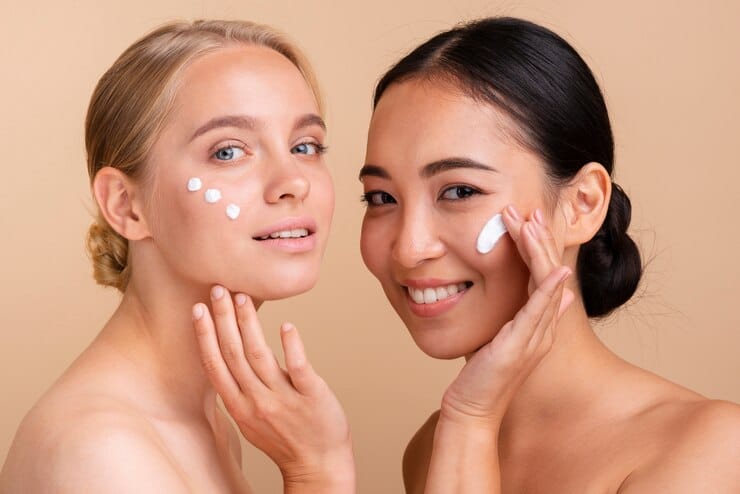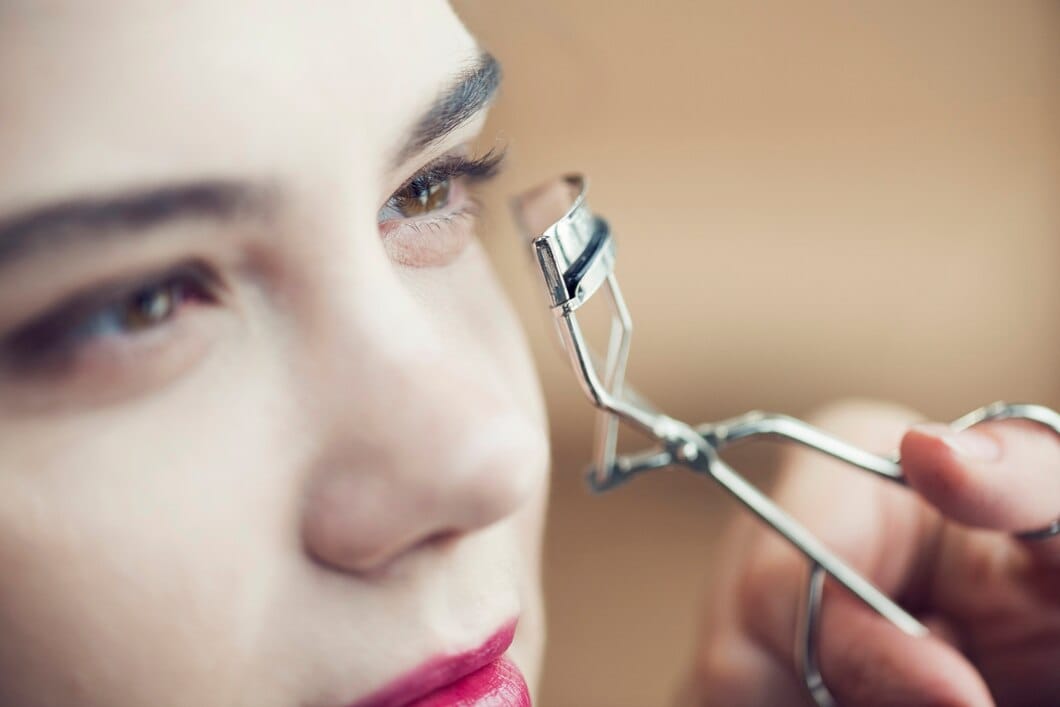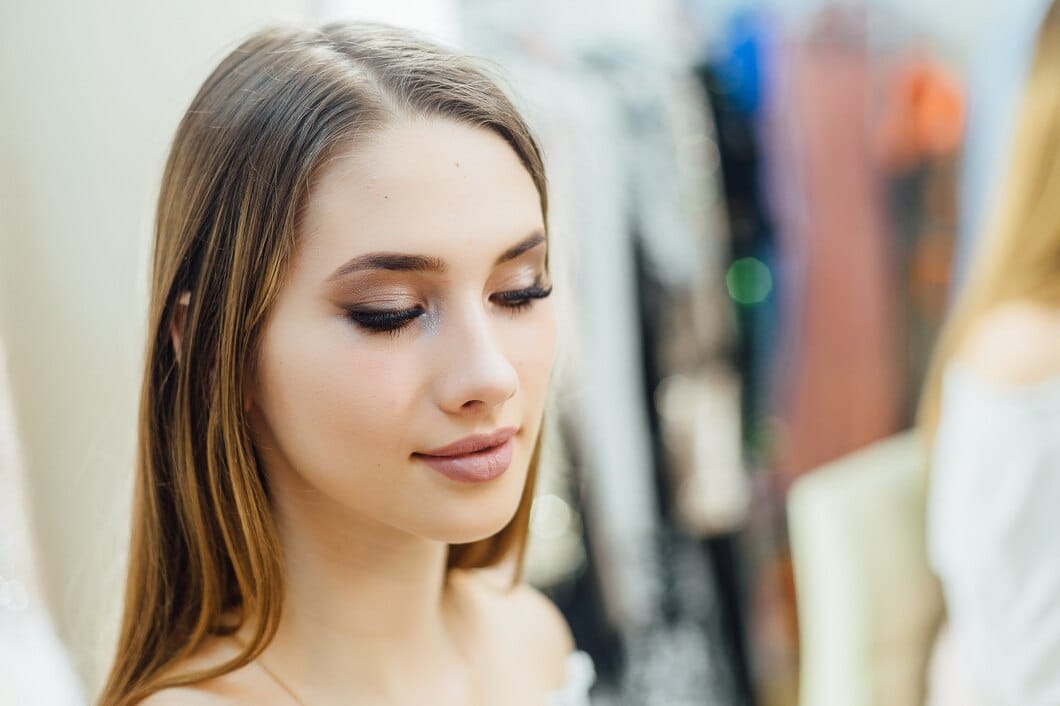The market for skin care and cosmetic products is full of enticing creams, gels, ointments, and paints claiming to make your skin glow while perfecting the makeup on the face. One such area of confusion are the cosmetic products referred to as primer and moisturizer. Are they interchangeable? Must you use both? You have come to the right article if you want to understand what a face primer is as opposed to a moisturizer.
Understanding the Basics
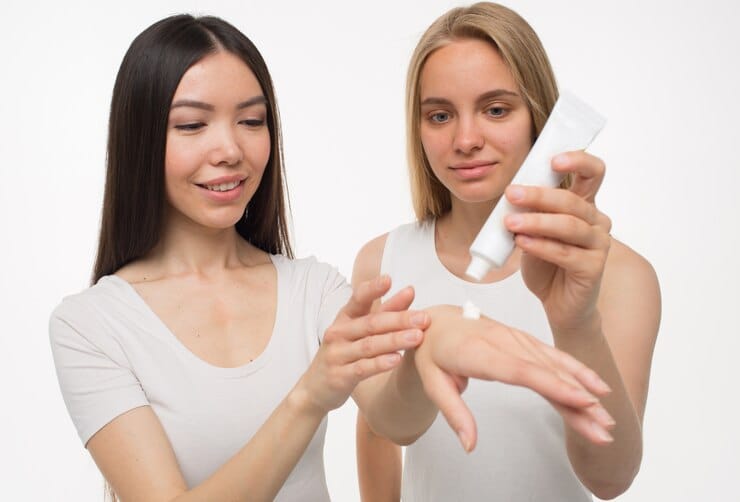
What is a face primer?
The face primer is a type of cosmetic product employed to prepare the skin prior to the application of foundation and other aspects of make-up. It is put on after the skin care treatment has been completed but before the actual make-up is done. Primers can help in hiding uneven skin tones, minimize the looks of pores, as well as prolong the wear of makeup. Additionally, certain primers can restrain shine, while others also provide extra moisture or dewy effects to the skin.
What is a moisturizer?
Moisturizers, on the other hand, if we may be succinct and without any falsehood, are a must-have in any skincare regime since they assist in enhancing the amount of moisture present in the skin. They also function in reducing how much moisture is lost from the skin, hence allowing the skin to be healthy and flexible. Infinitely, they mostly come in the form of creams, lotions, and gels, but they can also exist in the form of oils, which are very important, especially in advocating for skin application procedures in the morning and even at night.
The Primary Functions
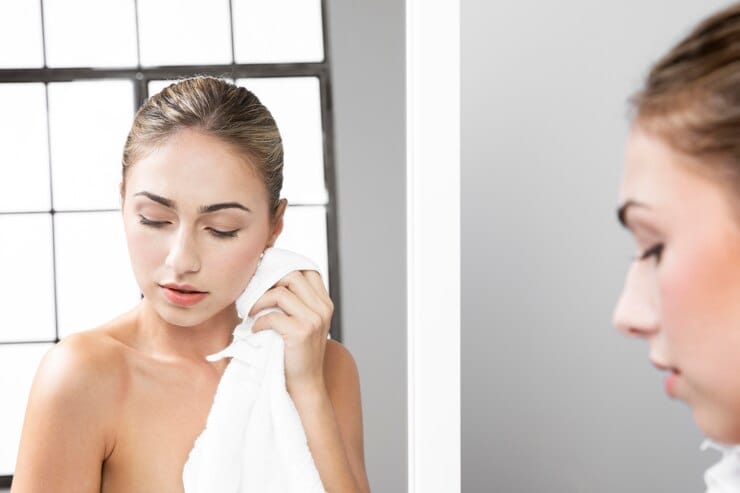
How Face Primer Works
Basically, face primers are applied to the skin to create a barrier between the skin and the makeup that is applied. The layer also has adhesive properties and therefore helps in preventing the movement of the applied makeup for the better part of the day without the need for regularly touching up the makeup. Other claims regarding benefits of certain primers depend on the technology. For example, fillers for pores, oil controllers, or skin brighteners.
How Moisturizer Works
Moisturizing lotion is designed mainly to provide ‘occlusion’, or prevention of moisture transference from the skin. As the name implies, these products seek to hydrate the surface layers of the skin and to prevent trans-epidermal water loss from the skin. In addition to the above, a cream-based moisturizer also alleviates skin irritations, inflammation, and swelling and acts as a barrier to protect the skin from external factors. Moisturizers should be used by every person irrespective of their skin type; even dry, oily, or combination skins have moisturizers that have been uniquely formulated for them.
Skin Type Considerations

Face Primer for Different Skin Types
There are several factors that often matter when choosing a face primer, and skin type is perhaps the most crucial among them. To illustrate, while using a face primer for oily skin, a mattifying or shine control face primer is useful in holding the makeup for longer periods and, at the same time, prevents the face from overly shining. On the contrary, dry skin type makes use of a dry skin makeup primer enriched with hyaluronic acid to avoid the makeup from looking patchy on the skin. For example, instead of a normal primer, people with a combination skin type where the forehead is oily and the cheeks are dry should use a balancing primer that is suitable for the two skin types.
Moisturizer for Different Skin Types
Aside from that, creams for the face are also classified according to skin types. If your skin is dry, get a rehydrating lotion or cream that is generally thick or oil-based so as to lock in the moisture. For oily skin, moisture may come in the form of a gel that is lightweight and oil-free so as to prevent any form of blockage in the pores while giving in moisture. Most people with combination skin will prefer using a moisturizer that is of medium weight because it provides enough hydration for the skin without overdoing it.
Application Techniques
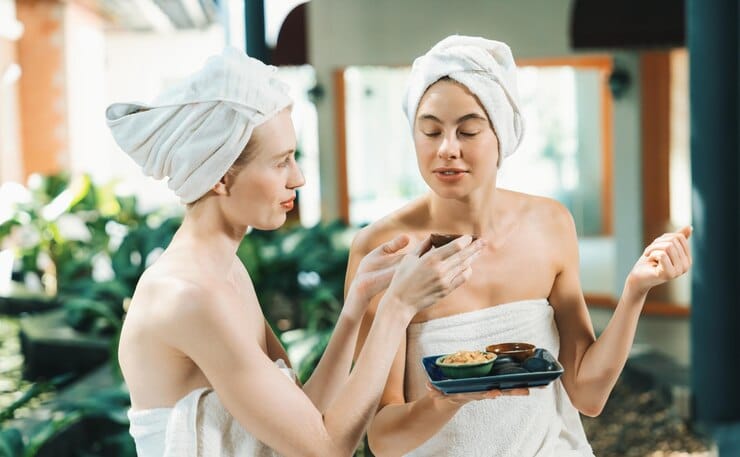
How to Apply Face Primer
It is quite simple to apply face primer. Once you have finished doing your skin care routine, squeeze out some primer and put it all over your face by hand or, preferably, using a beauty blender. Also, you can target areas like the T-zone, the area that typically has the first makeup wearing off, and go to fill in the rest of the face. Wait for about a minute or two for the primer to dry before proceeding to the application of foundation.
How to Apply Moisturizer
It is essential to apply moisturizers at least two times, which involves the first application in the morning and the second at night before sleep. Upon completing the washing procedure, the client is supposed to use the plantation, albeit in very small sizes, preferably not exceeding the size of a pea, and apply it on the skin very well by scrubbing the skin in an upward circular direction. Ensure to rub the cream on the face and the neck as well, excluding the eye zone, unless the cream is gacial and intended for that specific sensitive skin area.
Benefits and Drawbacks

Pros and Cons of Face Primers
Pros:
- Extends the longevity of makeup
- Can blur imperfections and minimize pores
- Offers additional skincare benefits (hydration, oil control, etc.)
Cons:
- Can feel heavy on the skin if too much is applied.
- Some formulas may cause breakouts.
Pros and Cons of Moisturizers
Pros:
- Essential for maintaining skinhydration
- Can soothe and protect the skin
- Suitable for use with or without makeup
Cons:
- Some moisturizers may leave a greasy residue.
- Can cause breakouts if not suited to your skin type.
When to Use Face Primer
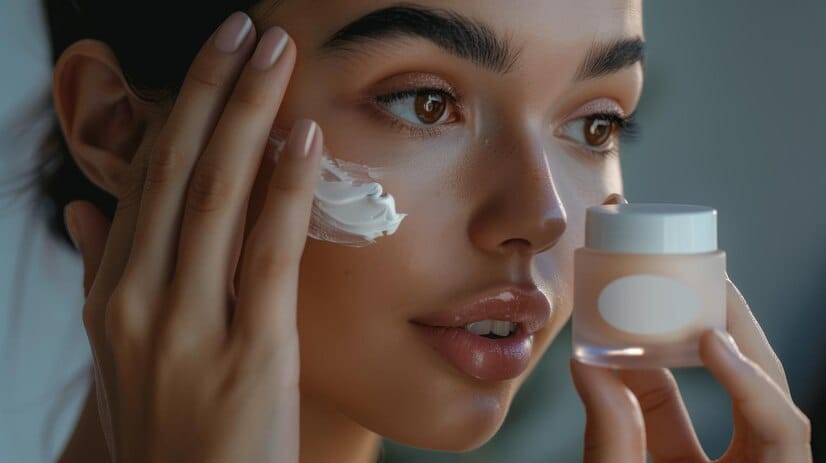
Daily Use vs. Special Occasions
If you wear makeup every day, there’s no problem using face primers on a daily basis. That, however, is more applicable in situations where a person needs to hold the makeup for a long period of time, say, for instance, weddings or parties. On the other hand, in the event that there is a no makeup day, one can probably avoid using a primer and simply apply their lotion instead.
Compatibility with Makeup
Primers are formulated to complement a wide range of makeups, including foundations and powders. They also ensure better adherence of makeup to the skin, preventing its movement during the day. For instance, if a mattifying or illuminating primer is used, it is important to use a foundation that works with those effects.
When to Use Moisturizer
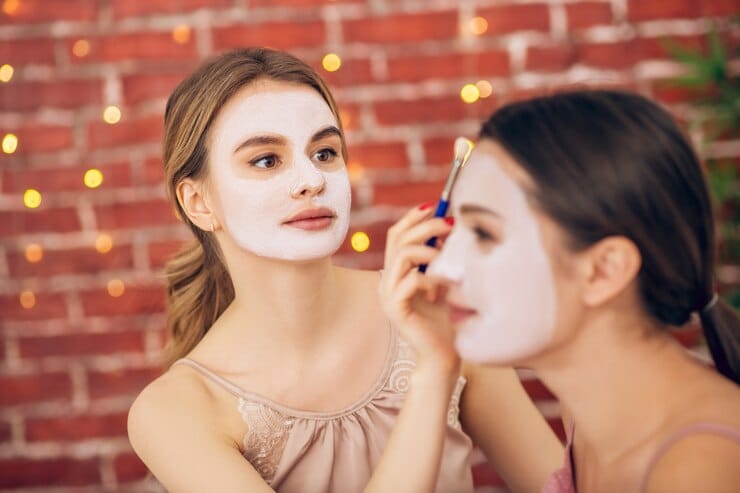
Daytime vs. Nighttime Moisturizers
Daytime moisturisers, in most cases, tend to incorporate sunscreens since the formulations are lighter in texture and consistency. On the other hand, night creams are generally richer in texture and thicker in consistency, as their main purpose is to promote repair and moisturization of the skin during the sleep period. With respect to a daytime moisturiser, it is highly recommendable to apply this product preceding the use of make-up primer along with any other make-up products.
Moisturizer as a Standalone Product
Every woman, most especially those who are not into makeup and slugging, needs to keep their skins hydrated. It should be the very last product to be applied to the skin if one wants to retain his or her skin moisture for a reasonable amount of time. For instance, those women who have oily skin during the day probably find a thin moisturizing cream adequate for them, while women whose skin types are rather dry will most likely need a thicker cream.
Can You Use Both?
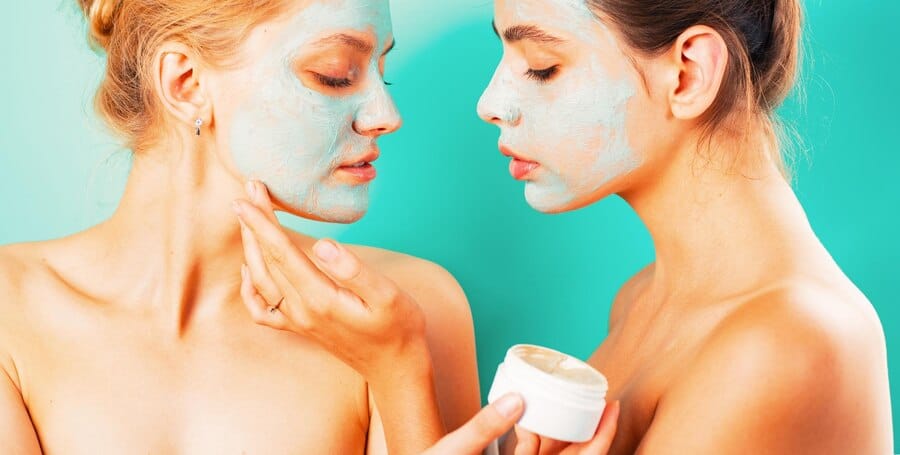
Layering Face Primer and Moisturizer
Absolutely! One can definitely wear a face primer over a moisturizer. The secret is to first apply the moisturizer and wait for it to be absorbed completely before putting on the primer. This way, the primer still does its job without leaving the skin dry.
Tips for Combining the Two
When combining a primer and a cream, matching products may also be used. For instance, if the cream being used is oily, it is better to use a silicone-based primer so as to lock the makeup in place. Additionally, let each layer absorb before putting the next one in so as to prevent clumping.
Myths and Misconceptions

Common Misconceptions about Moisturizers
A popular myth about moisturizer creams is that individuals with oily skin do not require such creams. This belief is incorrect because every skin type requires some level of moisture, and a skin type without a moisturizer will only produce more oils. Yet another misconception related to sun protection is that if one uses a face cream that contains SPF, it is quite alright and relatively to a certain extent, but using a sunscreen is much more effective.
Conclusion
Whichever face primer or face moisturizer would be debatable in most cases, but not when you understand the reasons behind it: skin type, daily activities, desires for makeup—everything counts, of course. Moisturizers are a must for everyone, as they render the sufficient moisture level necessary for the optimal condition of the skin. Face primers, on the other hand, are quite convenient for makeup users as they help in holding the makeup for the entire day. All in all, it is a high probability that including both in your regime will achieve all the desired look, which lasts for hours.
FAQs
Can one simply omit the use of a face primer and instead apply a moisturizer?
There are some properties of a primer that a moisturizer may have; however, a moisturizer will not provide the same even surface for makeup application. This is because a primer is made explicitly to enhance the application of makeup and make it last.
Is it really important to wear a face primer when applying makeup on a daily basis?
Not always. If you do not wear primer on a daily basis and your make-up does not budge from the morning’s application, then you might not need it every day. Unless it is for a specific event or a long day, then that’s where a primer comes in handy.
Will face primer make your skin dry?
Some will feel drying, particularly those soft matte primers, if your skin is already dry. For causing this problem, selecting the appropriate primer for your skin will help avoid this.

